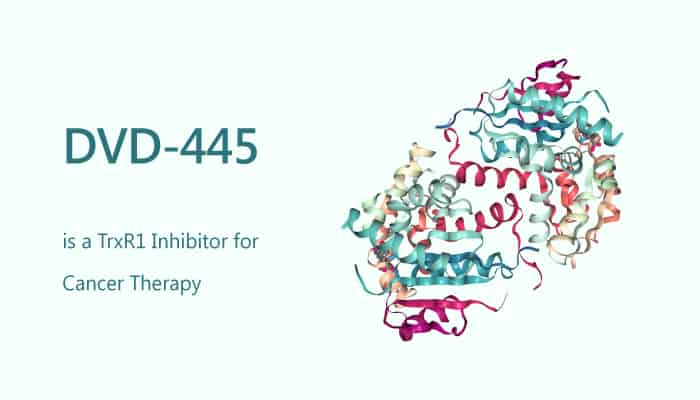During multistep development, cancer cells acquire different biological capabilities such as sustaining proliferative signaling, activating invasion and metastasis. Activation of oncogenes, atypical changes in metabolism, and loss of p53 function during cancer progression may lead to oxidative stress. Oxidative stress results from the imbalance between the antioxidant capacity of the cells and reactive oxygen and nitrogen species (RONS) production. Additionally, increased RONS supports abnormal cell growth, metastasis, resistance to cell death and therapy. Therefore, RONS homeostasis represents valuable targets for the new anticancer drug development. Thioredoxin (Trx) system contains thioredoxin (Trx), thioredoxin reductase (TrxR) and NADPH. Besides, the Trx system plays an indispensable role in cellular oxidative stress response and control of the intracellular RONS level. A study from Mirna Jovanović discovered and identified a novel potent peptidomimetic covalent thioredoxin reductase 1 (TrxR1) inhibitor DVD-445.
DVD-445 (Compound 7) is a potent peptidomimetic covalent thioredoxin reductase 1 (TrxR1) inhibitor with an IC50 of 0.60 μM for rat TrxR1. DVD-445 has good anticancer application.

Additionally, in vitro, DVD-445 (Compound 7) shows a cytotoxic effect in SH-SY5Y, U87, HaCaT cell lines, and PBMCs. And it exhibited IC50 values of 10.99 μM, 9.70 μM, 8.30 μM, 55.71 μM, respectively.
In this study, the authors suggested that the UMA compounds class presented itself as a rich source of leads for TrxR1 inhibitor discovery for anticancer applications. Compound 7 (DVD-445) was nominated as a lead for further optimization.